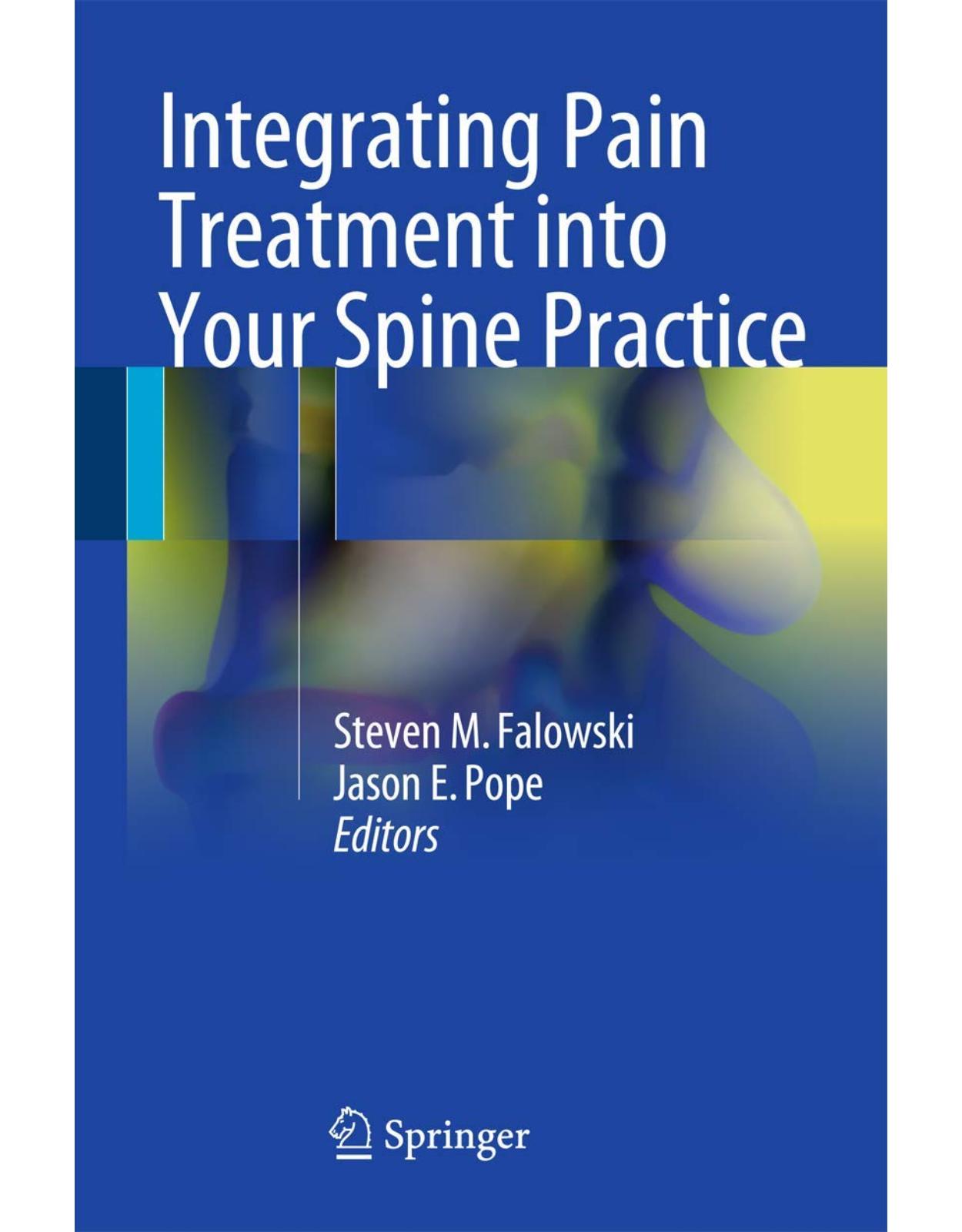
Integrating Pain Treatment into Your Spine Practice
Livrare gratis la comenzi peste 500 RON. Pentru celelalte comenzi livrarea este 20 RON.
Description:
This book fills the gap in knowledge and patient care by showing spine surgeons how to integrate pain management techniques into their practice. The first of its kind, Integrating Pain Treatment into Your Spine Practice is in tune with current efforts by major neurosurgical and neuromodulation societies and leading manufacturers of neuromodulation equipment to educate spine surgeons on the management of their patients’ post-surgical pain. Designed as an all-in-one volume, this book explains how to identify candidates for pain treatment and when to refer them to specialists. It also presents “how-to” clinical information on approaches to managing pain, from the medical to the interventional and provides practical business guidance on coding and reinforcement.
Table of Contents:
Part I: Identification and Management of Pain Patients
Chapter 1: Identification of the Pain Patient
Key Points
Introduction
Initial Evaluation
Use of Outcome Measures
Multidisciplinary Care
Clinical Practice Guidelines
Psychosocial Stratification
Procedure-Specific Identification
Summary
References
Chapter 2: Role of Spinal Surgery in Pain Management
Key Points
Introduction
Identification
Nonoperative Measures
Facet Blocks
Discogenic Pain
Evidence
Failed Back Surgery Syndrome
Epidural Injections
Summary
References
Chapter 3: Failed Back Surgery Syndrome
Key Points
Introduction, Risk Factors, and Patient Selection
Introduction
Etiology and Risk Factors
Patient Selection and Preoperative Factors
Intraoperative Factors
Postoperative Factors
Diagnosis and Treatment
History and Physical Examination
Advanced Imaging
Treatment of FBSS
Summary
References
Chapter 4: Cervical Pain Syndromes
Key Points
Introduction
Cervical Radiculopathy
Incidence and Mechanism
History and Physical Exam
Imaging and Advanced Diagnostics
Cervical Facets
Incidence and Mechanism
History and Physical Exam
Imaging and Advanced Diagnostics
Cervical Disks
Incidence and Mechanism
History and Physical Exam
Imaging and Advanced Diagnostics
Cervical Myalgias
Incidence and Mechanism
History and Physical Exam
Imaging and Advanced Diagnostics
Cervical Spondyloarthopathies
Incidence and Mechanism
History and Physical Exam
Imaging and Advanced Diagnostics
Treatments
Summary
References
Chapter 5: Revision Surgery and Alternative Treatment Options for Recurrent Pain Following Spinal
Key Points
Introduction
Identification
Revision Spinal Surgery Versus Alternative Treatment Options for Postoperative Pain
Failed Back Surgery Syndrome
Evidence
Conservative Treatment Options
Neuromodulation
Spinal Cord Stimulation (SCS)
SCS Versus Revision Therapy for FBSS
Intrathecal Pain Pumps
Summary
References
Chapter 6: Considerations for Neuromodulation
Key Points
Introduction
Biologic Considerations
Anticoagulation
Diabetes Mellitus
Tobacco Use
Malnutrition and Obesity
Bacterial Colonization
Prior Incision Sites
Pregnancy
Device-Related Considerations
MRI Compatibility
Allergy
Pacemaker Status
Summary
References
Part II: Integrating Pain Management into Practice
Chapter 7: Practice Setup
Key Points
Introduction
Referral Network
Relationships
Pain Physicians’ and Surgeons’ Roles
Patient Identification Is Crucial
Early Intervention
Benefits to Surgeons
Summary
References
Chapter 8: Referral Networks
Key Points
Introduction
Patient Pathway
Provider Referral Model
Referral Networks
Essential Networks for Surgeons Providing Pain Care
Defining the Ideal Partnership
Stark and Anti-kickback
Marketing
Summary
References
Chapter 9: Integration of Specialties
Key Points
Introduction
Multidisciplinary Approach
Summary
References
Chapter 10: Coding and Reimbursement for Spinal Cord Stimulation
Key Points
Introduction
Coding and Billing
Predetermination
Preauthorization
Indications and Patient Selection for Spinal Cord Stimulation
CPT Codes for Spinal Cord Stimulation
Coding Examples [8, 9]
Summary
References
Part III: Pain Management Therapies
Chapter 11: Medications Used for the Treatment of Back Pain
Key Points
Introduction
NSAIDs and Acetaminophen for Pain Management of Back Pain
Opioids for Pain Management
Tailoring Opioid Doses for Patient-Specific Needs
Proper Rotation and Conversion of Opioids for Ongoing Pain Management
Muscle Relaxants
Neuropathic Pain and Low Back Pain
Antiepileptics Used in Treatment of Radicular and Non-radicular Back Pain
Summary
References
Chapter 12: Interventional Procedures
Key Points
Introduction
Trigger Point Injections
Indications and Rationale
Technique
Paravertebral Facet Joint Block and Facet Joint Denervation
Indications and Rationale
Techniques
Paravertebral Facet Blocks and Radiofrequency Ablations (Facet Rhizotomy)
Facet Joint Intra-Articular Injection
Epidural Injections
Indications and Rationale
Technique
Caudal Epidural Injection
Interlaminar Epidural Injection
Transforaminal Epidural Injection
Complications
Sacroiliac Joint Injections
Indications
Evidence-Based Rationale
Technique
Discography
Indications
Evidence-Based Rationale
Technique
Complications
Minimally Invasive Interventional Procedures
The Future of Interventional Procedures
References
Chapter 13: Neuromodulation
Key Points
Introduction
Evidence
Spinal Cord Stimulation
Tonic or Traditional Stimulation
Adaptive Stimulation
High-Frequency Stimulation
Burst Stimulation
Dorsal Root Ganglion Stimulation (Fig. 13.4)
Intrathecal Drug Delivery System
Implementation
Spinal Cord Stimulation
Intrathecal Drug Delivery System (Fig. 13.7)
Summary
References
Chapter 14: Intrathecal Therapy for Chronic Spine Pain
Key Points
Patient Selection
Indications
Cerebrospinal Fluid Dynamics
Intrathecal Medications
Opioids (Fentanyl, Hydromorphone, Morphine)
Ziconotide
Local Anesthetics (Bupivacaine)
Clonidine
Trialing
Clinical Application of an IDDS for Spine-Related Pain
Complications Associated with IDDS Implantation
Summary
References
Part IV: Surgical Pain Therapies
Chapter 15: Epidural Paddle Placement for Spinal Cord Stimulation
Key Points
Introduction
Paddle Electrodes
Preoperative Planning
Open Thoracic Epidural Electrode Array Placement
Open Cervical Epidural Electrode Array Placement
Summary
References
Chapter 16: Percutaneous Placement
Key Points
Introduction
Temporary vs. Permanent Placement
Preparation for the Procedure
Procedural Detail
Summary
References
Chapter 17: Peripheral Nerve Stimulation—Cervical Syndromes
Key Points
Introduction
Evidence
Implementation
Summary
References
Chapter 18: Peripheral Nerve Stimulation for Axial Pain Syndromes
Key Points
Introduction
Practice and Technique of PNfS and Hybrid Stimulation (HS) in the Axial Space
Evidence
Implementation and Patient Selection
Summary
References
Chapter 19: Intrathecal Drug Delivery: Surgical Technique
Key Points
Introduction
Patient Selection
Technique
Preoperative Planning
Patient Positioning
Catheter Placement
Pump Pocket and Tunneling
Infection Prevention
Revision Strategies
Documentation
Special Circumstances
Tunneled Externalized Catheter for Palliation
Open Catheter Placement via Laminotomy
C1/2 Puncture for Catheter Placement
Troubleshooting and Complication Management
Neurological Deterioration
CSF Leak
Infection
Pump Malfunction
Catheter Complications
Pump Pocket Complications
Summary
References
Chapter 20: Vertebroplasty and Kyphoplasty
Key Points
Introduction
Osteoporotic Vertebral Fractures
Neoplasm-Related Vertebral Fractures
Evidence
Implementation
Patient Selection
Technique
Post-procedure Care and Clinical Outcomes
Summary
References
Chapter 21: Emerging Technology in Neuromodulation: Waveforms and New Targets in Spinal Cord Stim
Key Points
Introduction
Evidence
Implementation
Summary
References
Index
| An aparitie | 2016 |
| Autor | Falowski |
| Dimensiuni | 15.49 x 1.63 x 23.5 cm |
| Editura | Springer |
| Format | Softcover |
| ISBN | 9783319277943 |
| Limba | Engleza |
| Nr pag | 269 |

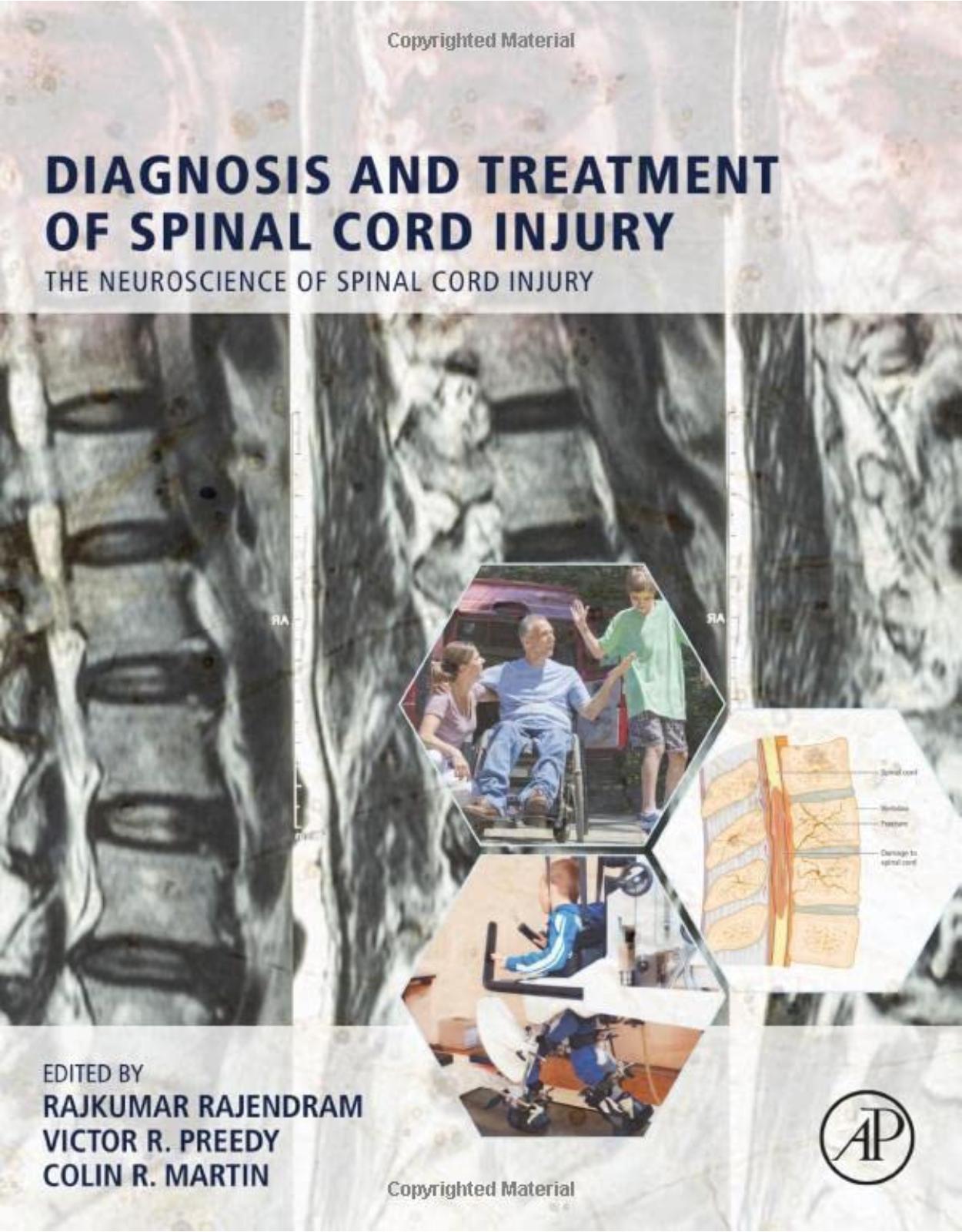
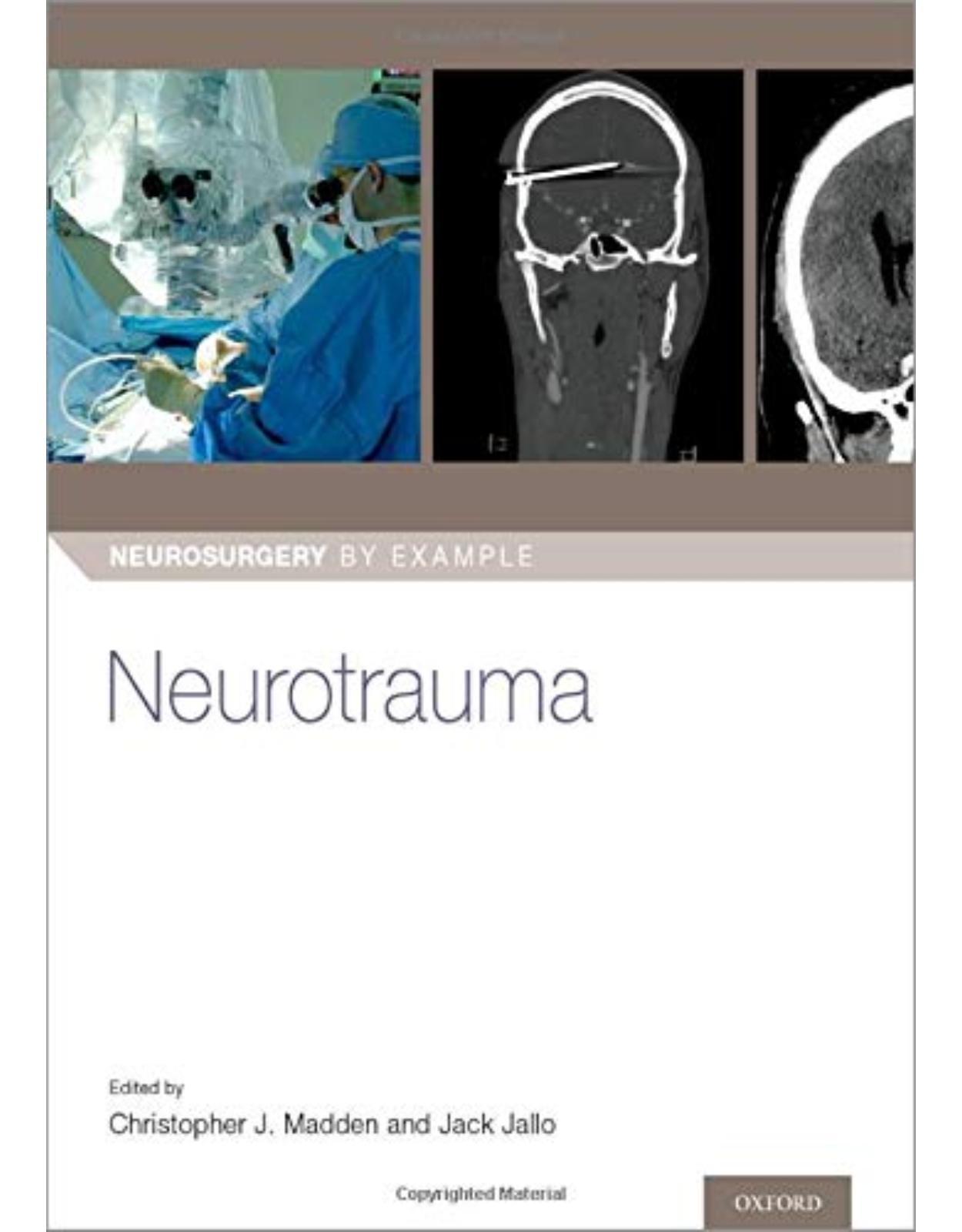
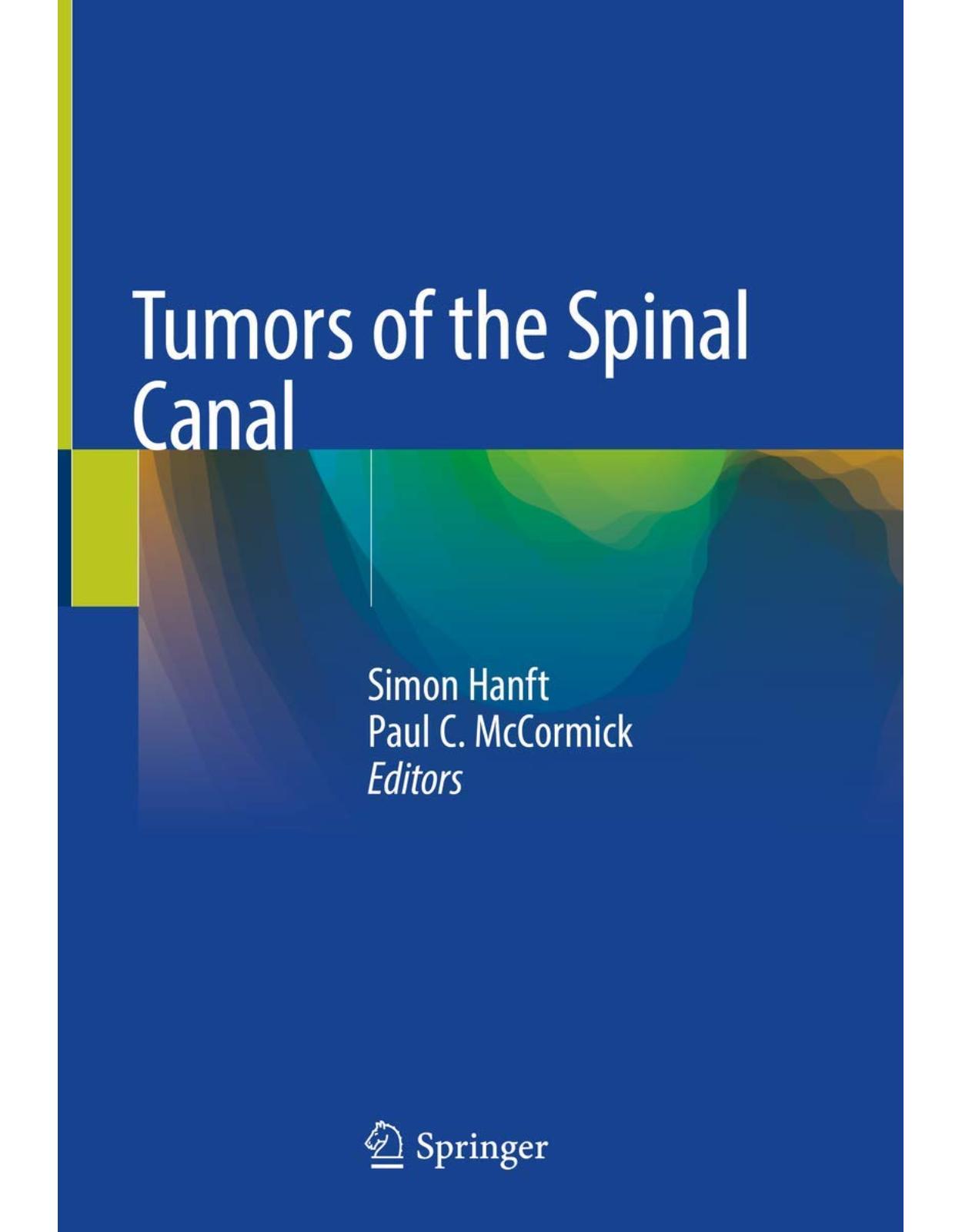
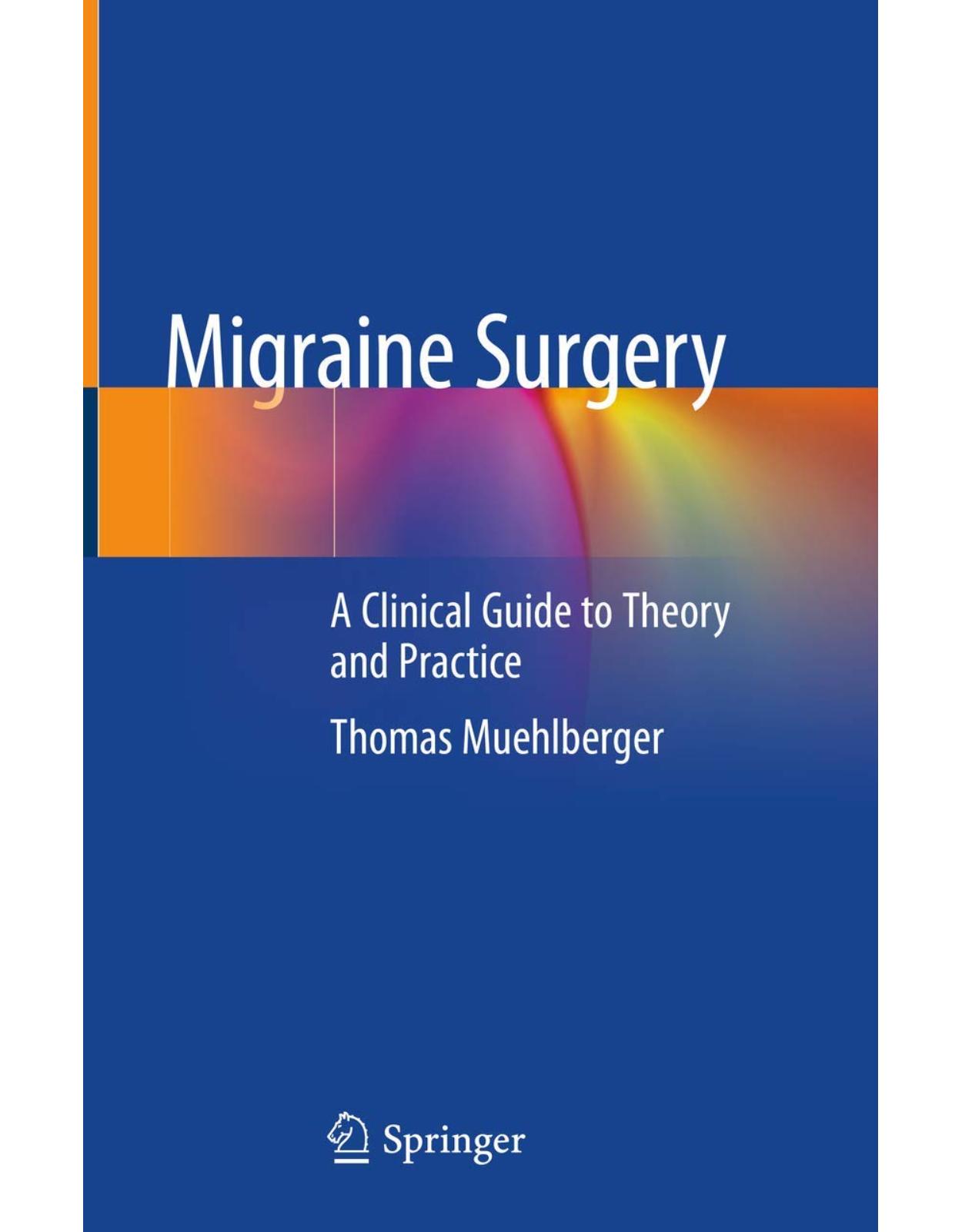
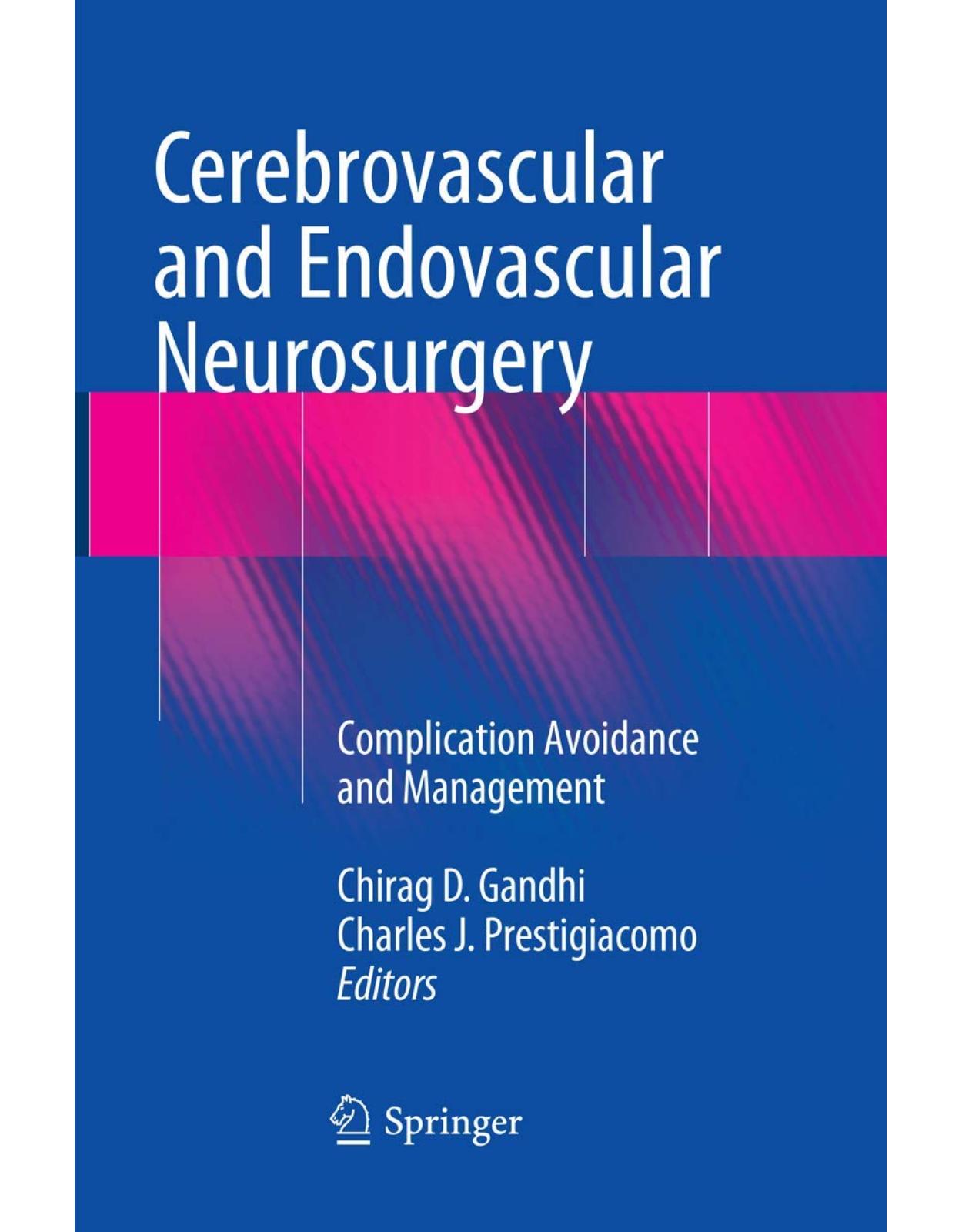
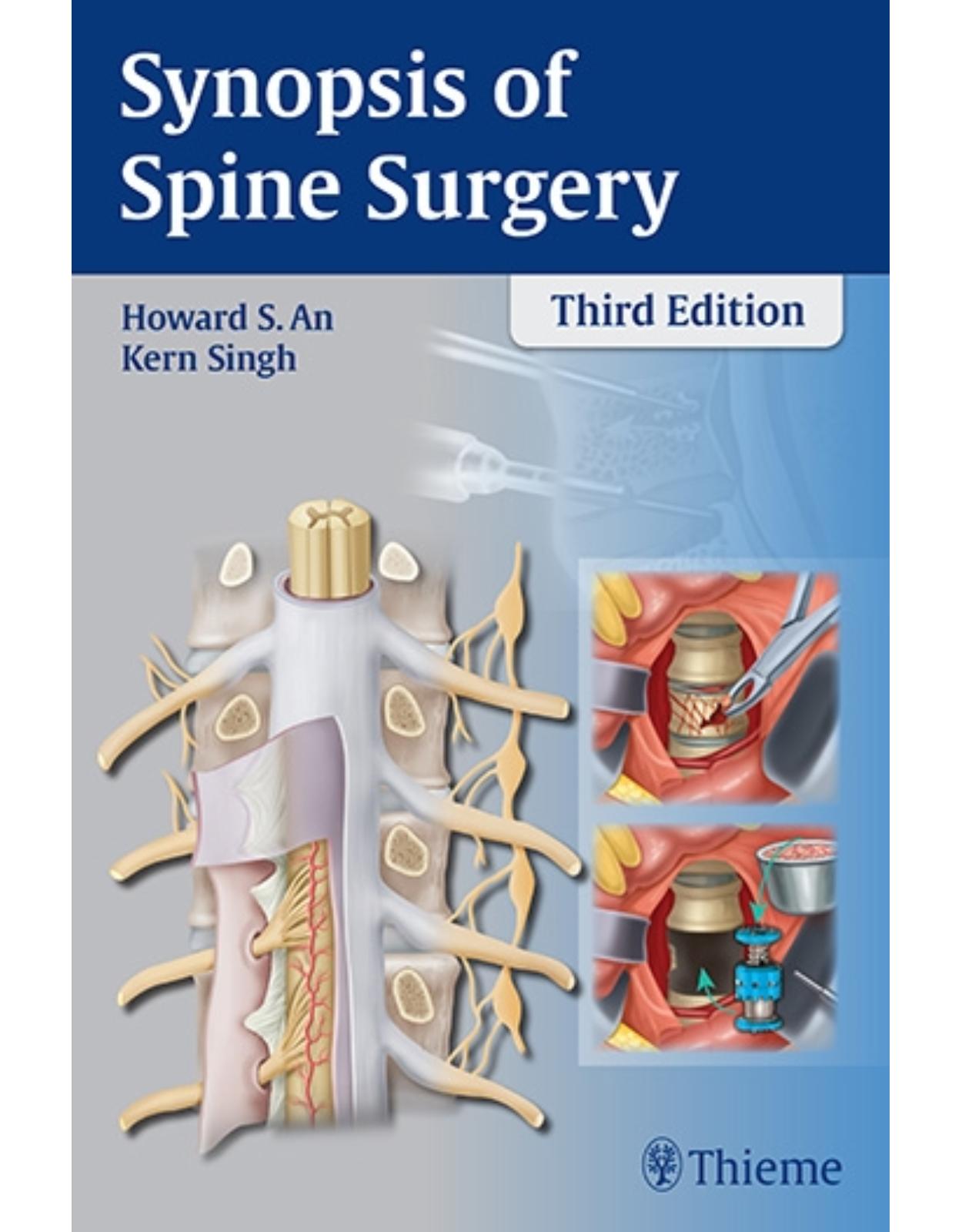
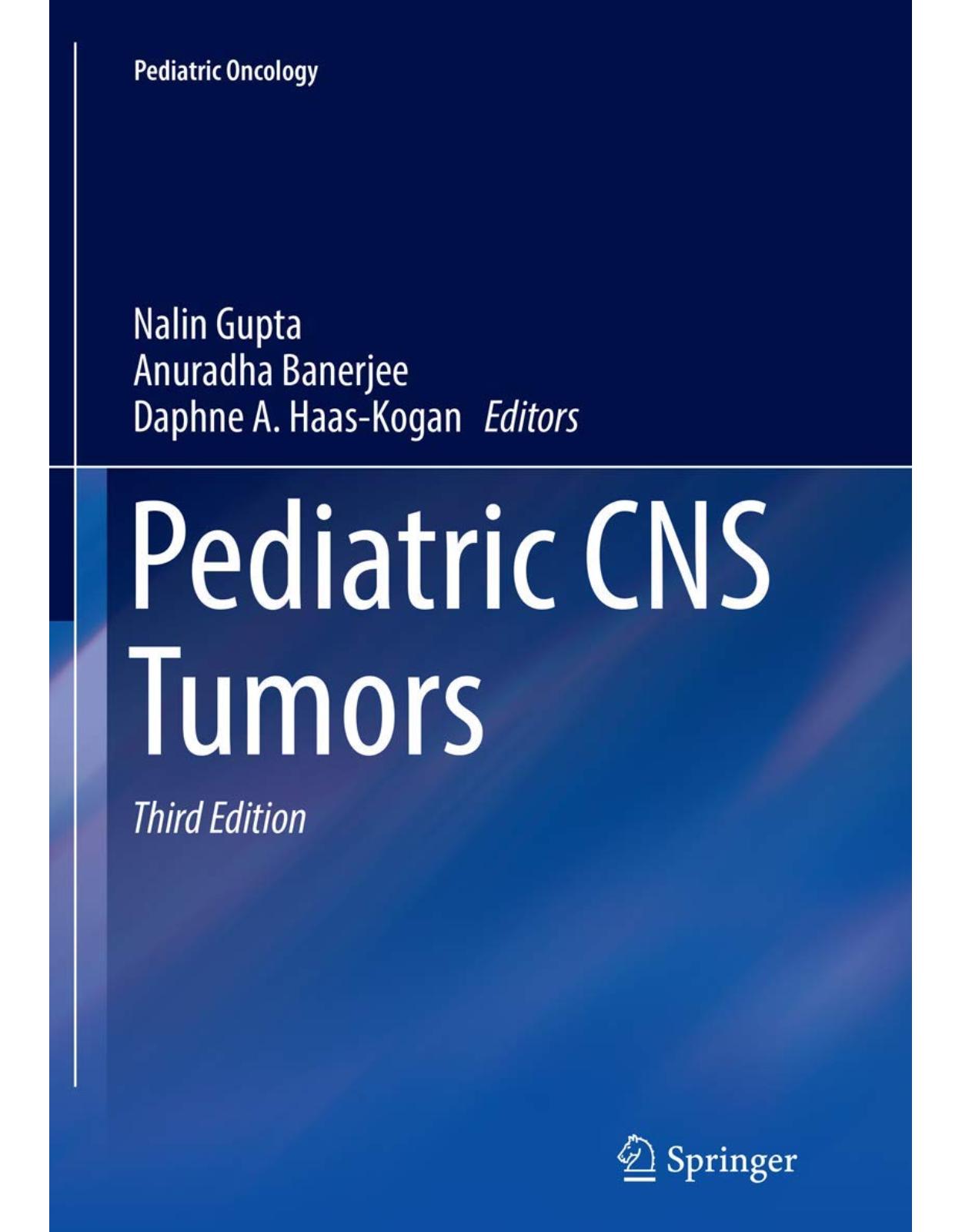
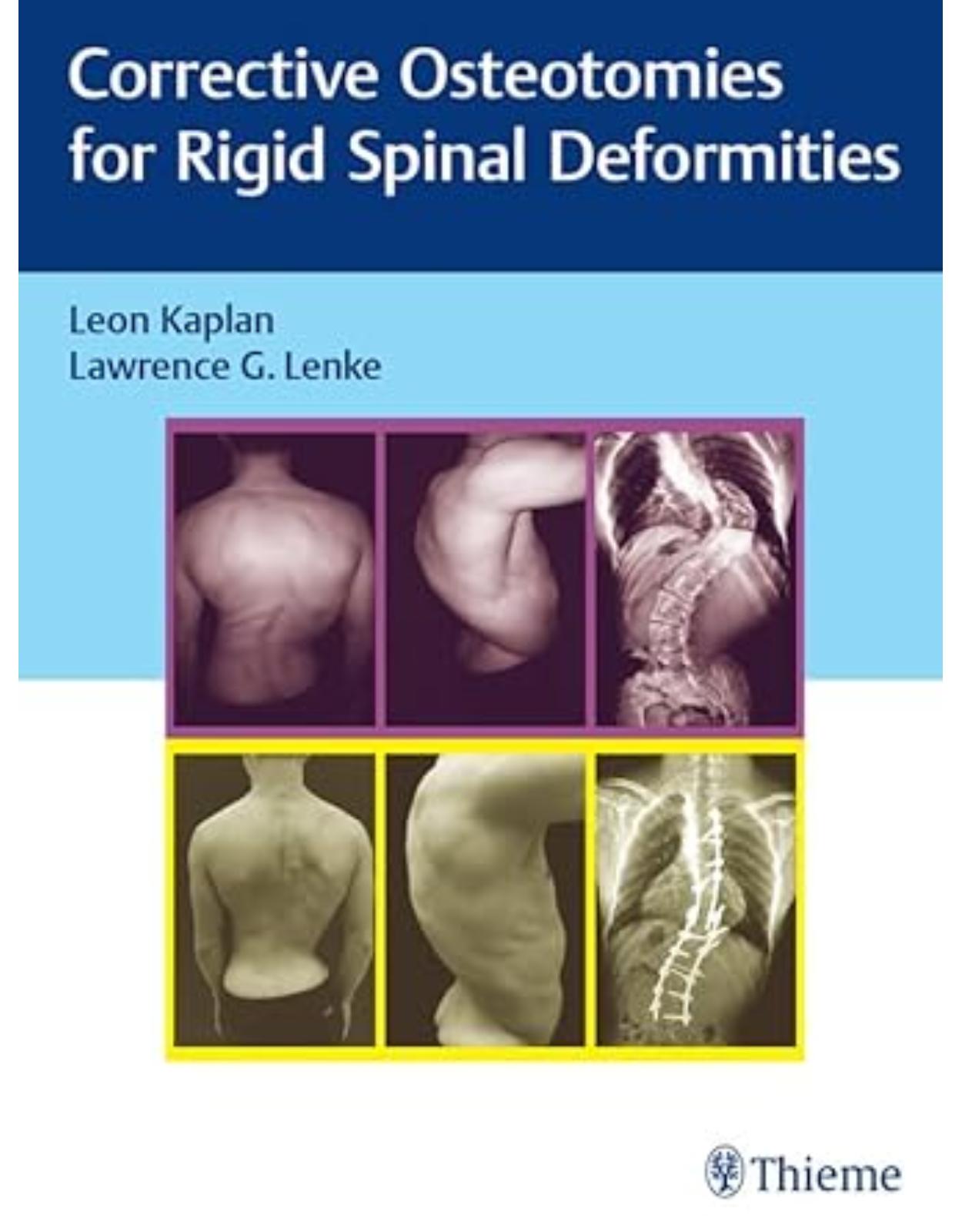
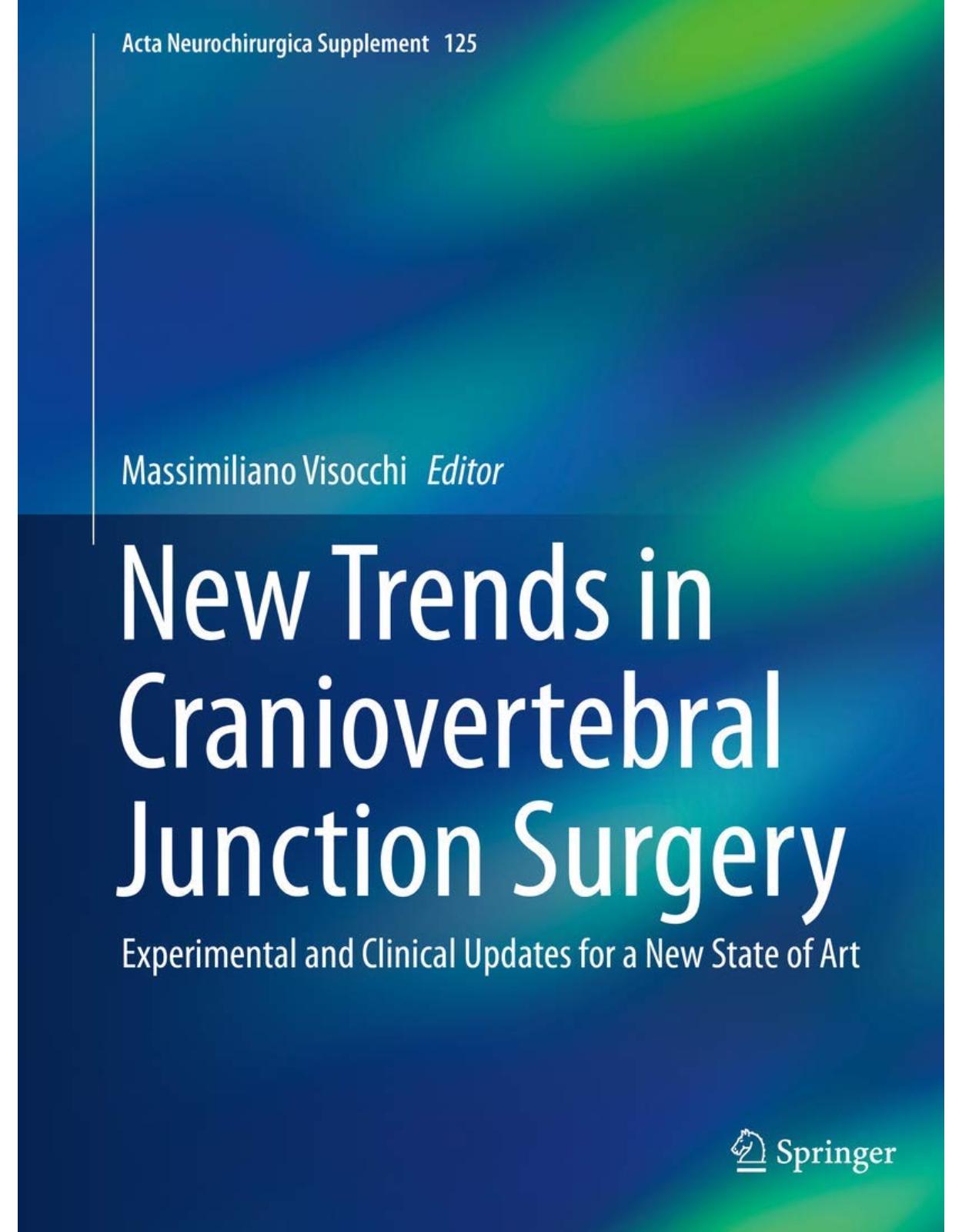
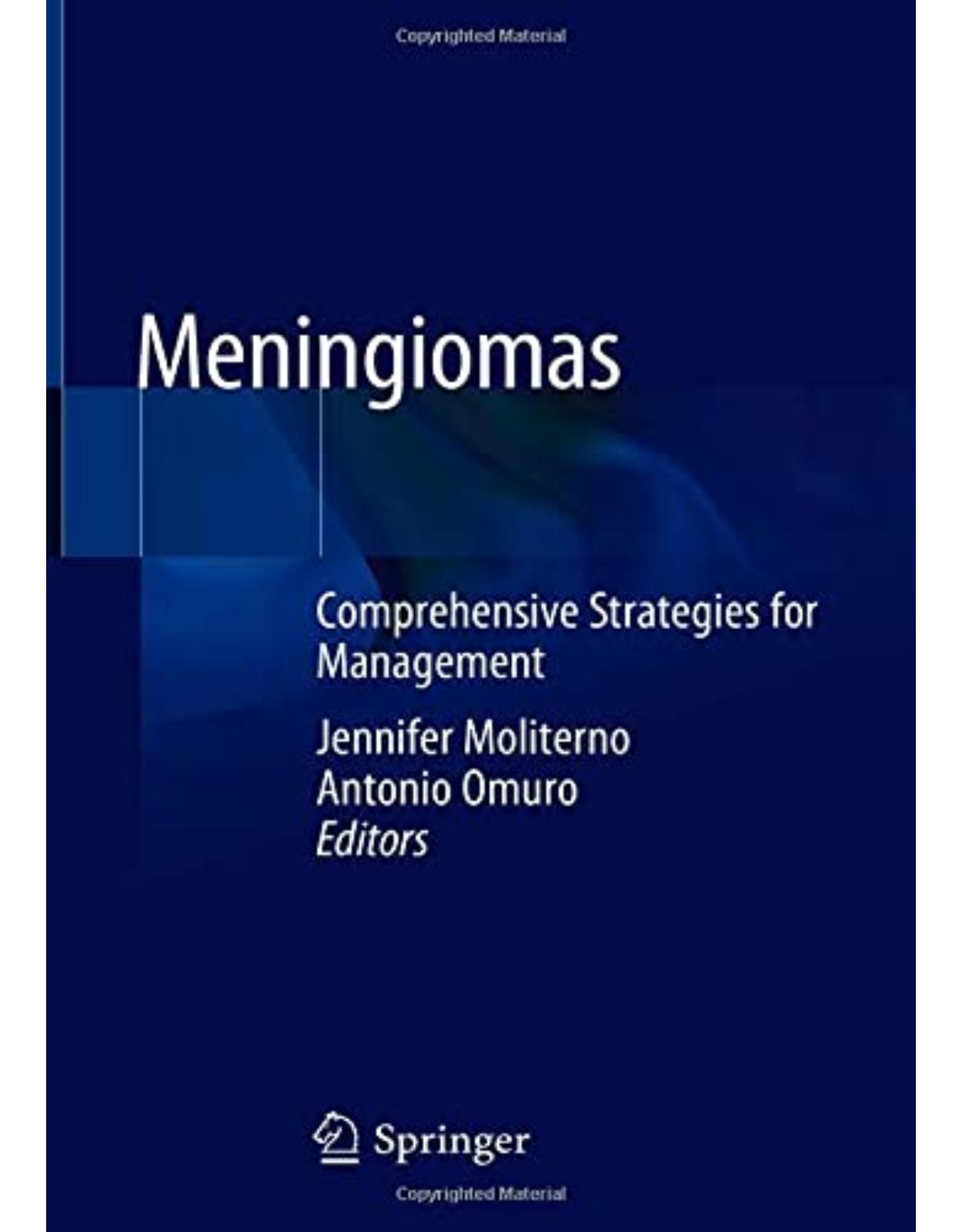
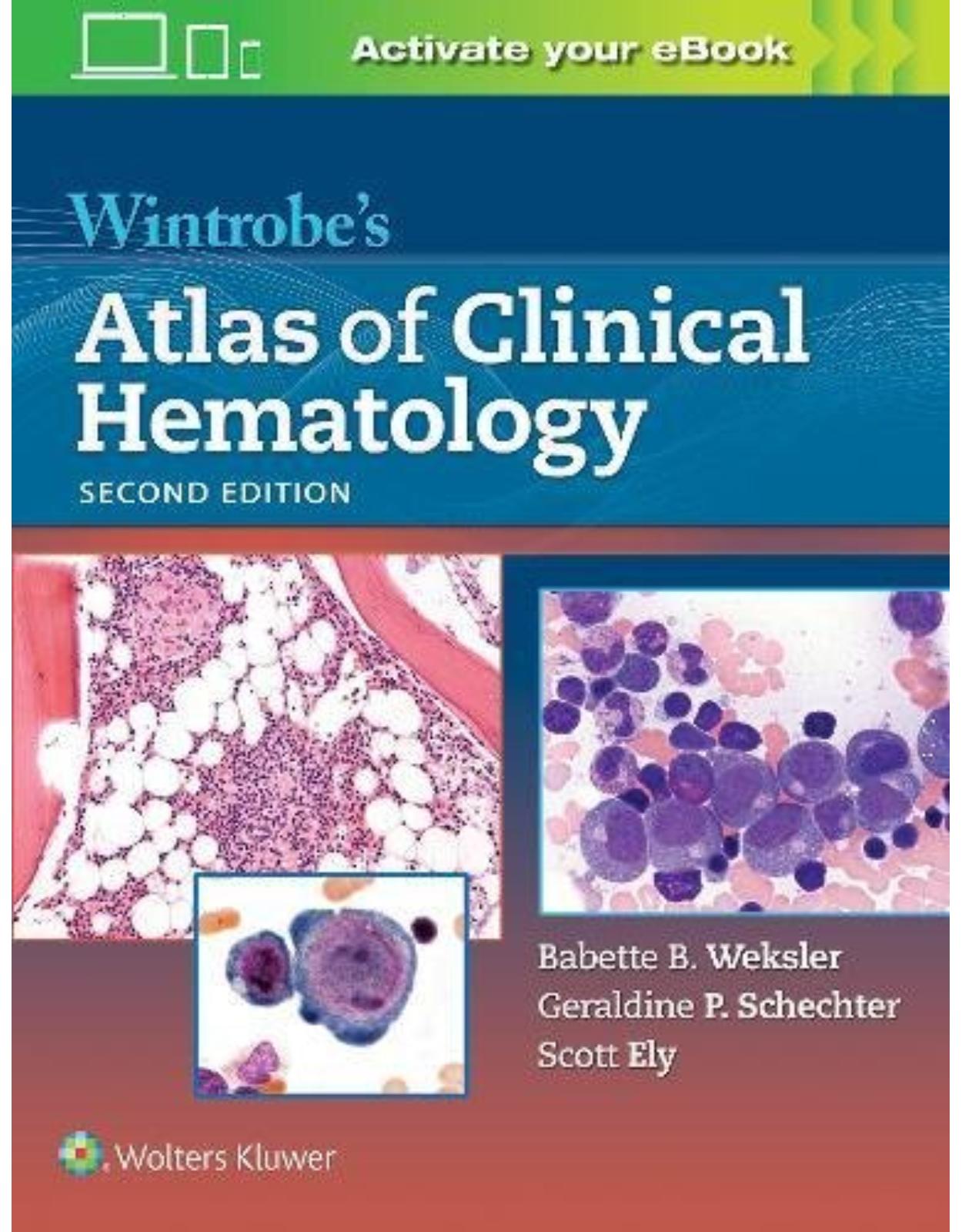






Clientii ebookshop.ro nu au adaugat inca opinii pentru acest produs. Fii primul care adauga o parere, folosind formularul de mai jos.